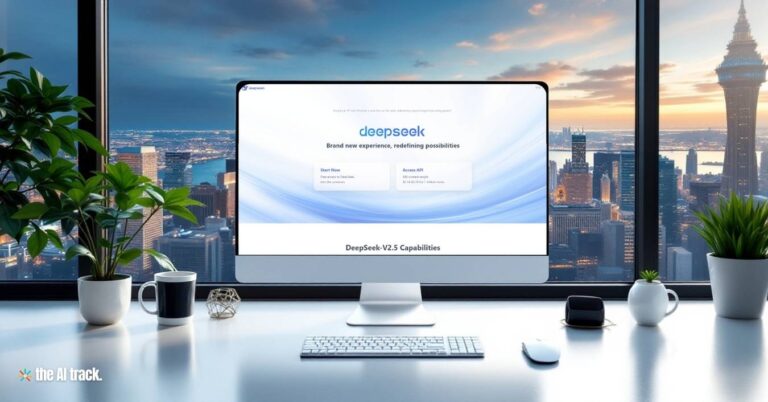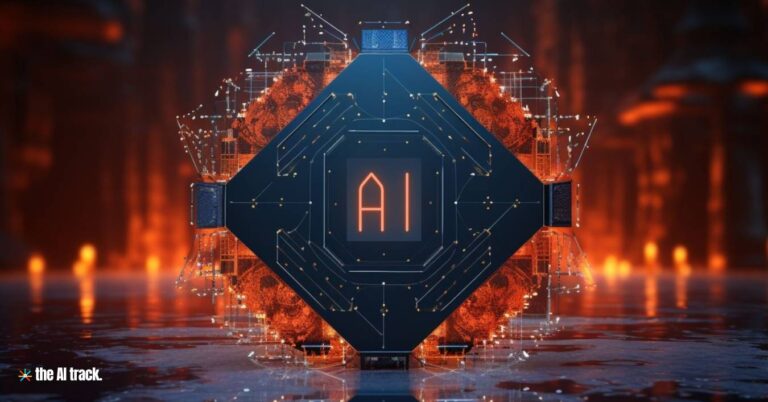DeepSeek, a Chinese AI startup funded by High-Flyer Capital, has introduced DeepSeek-R1, a reasoning AI model rivaling OpenAI’s o1-preview.
With features like self-fact-checking and chain-of-thought reasoning, it signifies a leap for China’s AI ambitions, despite censorship and security concerns.

DeepSeek Launch – Key Points
DeepSeek-R1: Pioneering Reasoning AI
- Key Features:
- DeepSeek-R1 utilizes chain-of-thought reasoning and test-time compute to process queries in steps, enhancing problem-solving and self-verification.
- This processing method provides high accuracy but introduces delays of up to tens of seconds for complex tasks.
- Performance Benchmarks:
- Matches OpenAI’s o1-preview in evaluations like AIME (AI model assessment) and MATH (mathematical problem-solving).
- Struggles with simple logic tasks like tic-tac-toe, a challenge similar to that faced by o1.
- Accessibility:
- DeepSeek plans to open source DeepSeek-R1 and release an API, aiming to democratize reasoning AI capabilities.
Challenges and Limitations
- Censorship Constraints:
- As per Chinese regulations, DeepSeek-R1 avoids politically sensitive topics, refusing queries on Xi Jinping, Tiananmen Square, or geopolitical issues like Taiwan.
- AI models in China must adhere to “core socialist values”, enforced by government oversight and strict content benchmarking.
- Jailbreaking Vulnerabilities:
- Users have bypassed safeguards, with incidents including generating harmful outputs like a meth recipe, highlighting security flaws.
Market Disruption and Investment
- Impact on Competition:
- DeepSeek-V2, the predecessor model, disrupted the AI market by pushing competitors like ByteDance and Baidu to lower usage costs and offer free models.
- High-Flyer Capital’s Contribution:
- High-Flyer invested $138 million into training infrastructure, acquiring 10,000 Nvidia A100 GPUs.
- The firm’s long-term goal is developing “superintelligent AI” through DeepSeek’s advancements.
Global AI Context
Scaling Laws Evolving:
- Traditional Approach and Limitations:
- Scaling laws have historically driven AI advancements, suggesting that increasing model size, data volume, and compute power would yield better performance.
- However, recent research indicates diminishing returns as larger models fail to scale proportionally in capability, making this method less efficient.
- Major AI labs like OpenAI, Google, and Anthropic have reported slower progress using these traditional scaling methods, as highlighted in recent industry analyses.
- Emergence of Test-Time Compute:
- Test-time compute introduces a paradigm shift by allocating additional computational resources at inference time, allowing models to “think longer” for complex tasks.
- This technique mimics human cognitive processes, enhancing reasoning accuracy and problem-solving capabilities without requiring exponential increases in training data or compute power.
- Microsoft CEO Satya Nadella, in his Microsoft Ignite 2024 keynote, emphasized test-time compute as “a new scaling law”, predicting it would redefine how AI models improve efficiency and performance.
- DeepSeek-R1 and OpenAI’s o1-preview exemplify the effectiveness of test-time compute, achieving higher benchmarks in reasoning tasks through this innovative approach.
Reasoning Models’ Significance:
- Why Reasoning Matters:
- General AI models like GPT or traditional architectures are adept at pattern recognition but struggle with logical reasoning, planning, and multi-step problem-solving.
- Reasoning models such as DeepSeek-R1 and OpenAI’s o1 aim to bridge this gap by employing structured reasoning techniques like chain-of-thought reasoning.
- Impact on AI Development:
- Reasoning models introduce methods for self-fact-checking, improving response reliability by verifying information iteratively.
- They simulate cognitive processes, enabling applications in high-stakes fields like medical diagnostics, autonomous systems, and legal analysis.
- As traditional architectures reach their limits, reasoning models represent a promising path forward, addressing critical bottlenecks in AI’s evolution.
- A Broader Shift in AI Trends:
- The rise of reasoning models underscores a broader industry transition from brute-force scaling to smarter, task-specific innovations.
- By enabling AI systems to reason through tasks, this shift prioritizes functionality and precision over sheer computational scale, marking a new chapter in AI’s technological trajectory.
Why This Matters:
DeepSeek-R1 marks a critical step forward in reasoning AI, showcasing China’s technological potential despite regulatory challenges. Its innovation and competitive impact, coupled with questions around censorship and ethics, highlight the complexities of global AI development.
The Best FREE AI Tools, meticulously curated to enhance your daily activities. Every tool is tested by The AI Track team, ensuring we only present the best.
Read a comprehensive monthly roundup of the latest AI news!







